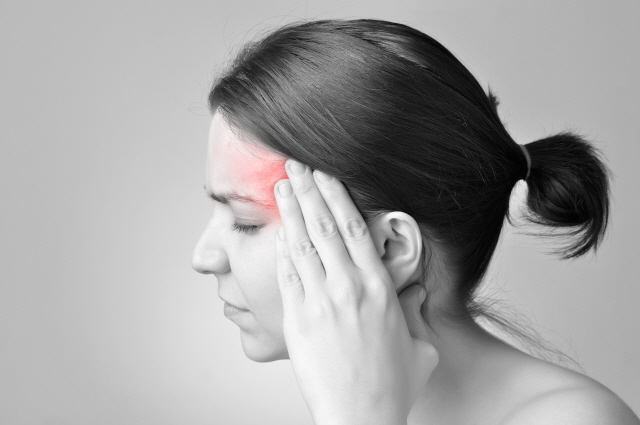
Suboccipital Muscles May Contribute to Hard-to-Treat Headaches
By Winston Lee L.Ac., Ph.D., KMD
Certain headache cases are particularly resistant to treatment in an acupuncture clinic. Even after utilizing all conventional Asian medicine knowledge, the headaches may persist. In such cases, changing perspectives and considering incorporating Western medical approaches may be beneficial.
From a Western perspective, certain headaches are believed to be associated with muscle abnormalities or tension. Stimulating the involved muscles with acupuncture or targeting acupoints that influence these muscles could lead to better treatment outcomes.
When treating headaches with acupuncture, it is important to take a comprehensive approach that includes the often-overlooked suboccipital muscles, particularly the superior, inferior, and obliquus captious muscles. These small but powerful muscles at the base of the skull can be key contributors to tension headaches. Focusing on these muscles is essential, especially when George’s test, which evaluates the blood flow in the vertebral artery and identifies the risk of vertebrobasilar insufficiency (VBI), comes back negative, indicating no vertebral artery involvement. George’s Test is also often used to evaluate the potential for vertebrobasilar insufficiency (VBI) and can be associated with headache symptoms if there is a compromise in the vertebral artery’s blood flow. Headaches triggered during or after George’s Test could indicate that the vertebral artery is being compressed or restricted, which can result in reduced blood flow to the brain.
By understanding the role of these muscles and targeting specific acupoints, we can confidently lead to effective headache relief.
The suboccipital muscles are responsible for subtle movements of the head and neck and are frequently strained due to poor posture, stress, or long periods of sitting. The trigger points in these muscles can cause headaches that radiate from the base of the skull, often referred to as “tension” or “cervicogenic” headaches. Addressing the origin and insertion points of the suboccipital muscles (superior, inferior, and obliquus captious muscles) can help relieve the tension contributing to these headaches.
It is crucial that a doctor, with their expertise, targets specific acupoints located near the suboccipital muscles to release muscle tightness and promote Qi flow. Key points to focus on include:
- GV17: Located at the back of the head, this point helps alleviate headaches caused by tension in the suboccipital muscles.
- GV16: Positioned at the base of the skull, this point is excellent for treating neck pain and headaches related to tight suboccipital muscles.
- GV19: This point helps calm the mind and relieve headaches.
- GV20: Found at the top of the head, GV20 helps lift Qi, relieve tension, and calm headache pain.
- Tip: It is necessary to safely aim the needle to meet with the occipital bone.
After using the points above, the second option is the legator scapulae, multifidus, and splenius capitis muscles. With the provider’s hand, find the proper acupuncture point and aim at the origin and insertion of the muscles.
By treating these points, doctors can help relax the suboccipital muscles, reduce tension, and provide relief from chronic headaches. Acupuncture addresses the symptoms and tackles the cause of tension and strain in the captious muscles.
Incorporating techniques like trigger point therapy at the origin and insertion of the suboccipital muscles, along with focusing on the right acupoints, provides a comprehensive and effective approach to treating headaches. For acupuncture doctors looking to offer long-term relief to patients suffering from chronic headaches, paying attention to the captious muscles first is a critical step.
































